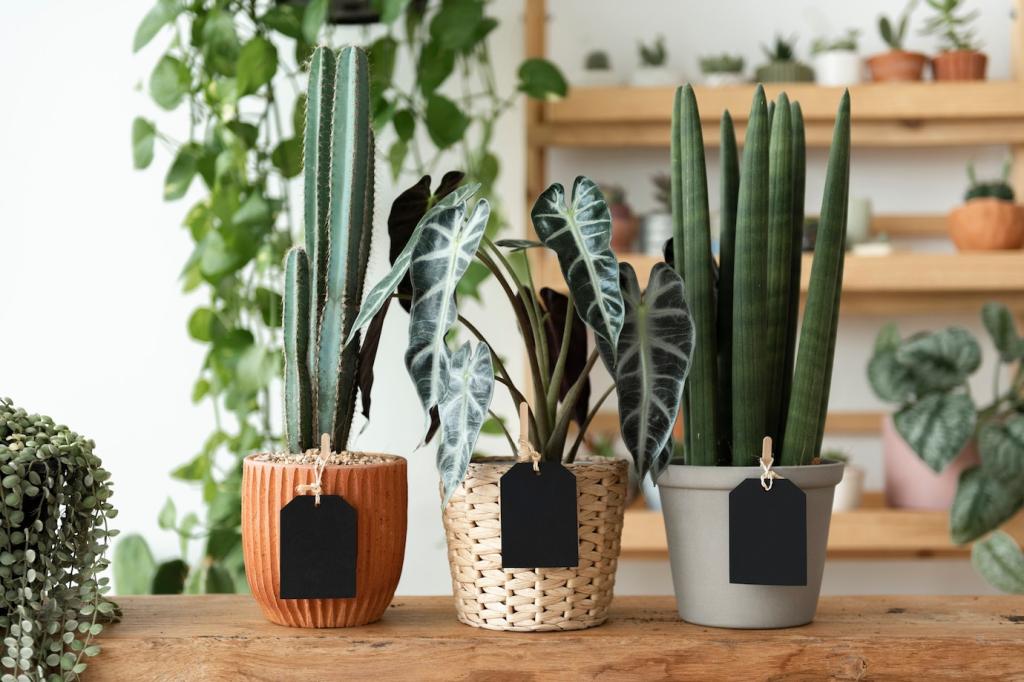
Sustainable Material Innovations: Building Better From the Molecule Up
Chosen theme: Sustainable Material Innovations. Welcome to a practical, imaginative dive into materials that reduce impact without sacrificing performance. We’ll explore breakthroughs, honest lessons from pilots and plants, and real stories of change. Enjoy, comment with your questions, and subscribe to follow the next wave of sustainable discoveries.
What Sustainable Material Innovations Mean Today

From extraction to circularity
A material’s story starts long before it becomes a product, and the most sustainable innovations account for mining, farming, processing, use, and end-of-life. Cradle-to-cradle thinking reveals surprising leverage points, turning waste into feedstock and enabling loops that keep value circulating longer.

Balancing performance and planet
The reality: a greener material must still hit stiffness, strength, safety, and cost targets. Innovation thrives where engineers test bio-based resins against harsh thermal cycles and designers rethink geometry to compensate. Tell us where performance blocks you; we’ll crowdsource credible workarounds together.

Why it matters now
Climate goals are tightening, supply chains are volatile, and customers increasingly ask for proof, not promises. Choosing better materials unlocks resilience and brand trust while meeting emerging regulations. Comment if your team needs a primer on impact metrics—we’ll publish a practical, no-jargon guide.
Breakthrough Bio-based and Nature-Derived Materials
Mycelium foams and leather alternatives
Mycelium grows into molds, forming protective foams or flexible hides without petrochemicals or tanning. One startup replaced plastic inserts in electronics packaging and cut disposal headaches for customers. The kicker: the pieces compost at home, turning end-of-life into soil instead of landfill.
Seaweed and algae polymers
Seaweed-based films and algae-filled plastics can deliver barrier properties while avoiding cropland competition. In textiles, algae fibers pair with low-impact dyes to reduce water use and microplastic shedding. Coastal communities benefit too, with regenerative aquaculture creating jobs alongside material innovation.
Hemp, flax, and agricultural-waste composites
Natural fibers reinforce bio-resins to create lightweight panels for vehicles and furniture. Automakers use flax mats in door cards to trim weight and emissions. Agricultural waste—husks and stalks—finds a second life as performance components, proving circularity can look sleek, not scrappy.
Designing for Circularity From Day One
Disassembly-friendly fasteners and joints
A team we visited cut assembly time and improved recyclability by swapping permanent adhesives for snap-fits and standardized screws. They halved the number of fasteners, added clever part markings, and turned product teardown into a ten-minute job. Repair went from dream to policy.
Mono-material strategies and smart labeling
Using a single resin grade across components simplifies recycling and improves yield. Clear digital labels—QR codes tied to material passports—tell sorters exactly what’s inside. When packaging moved from multilayer films to mono-PE, recovery rates jumped and processing became cheaper downstream.
Repairability and upgrade paths
Designing access panels, spare-part standards, and firmware upgradability extends useful life dramatically. A modular appliance we reviewed supported motor swaps instead of full replacements, saving materials and money. Share your best example of repair-friendly design and we’ll compile a community playbook.
Low-Carbon Mineral and Construction Solutions
Lower-clinker cements with calcined clays, limestone, and industrial byproducts cut embodied carbon significantly. Mix designs validated by environmental product declarations bring transparency to bids. Field crews report comparable workability and strength when admixtures are tuned—a reminder that testing beats assumptions.


Low-Carbon Mineral and Construction Solutions
Cross-laminated timber stores carbon while enabling swift, precise builds. New, formaldehyde-free adhesives improve indoor air quality and performance. A mid-rise project we toured installed panels in days, with quieter sites and less waste, proving that beauty and sustainability can share the same beam.

Parametric plugins let designers swap materials and instantly see carbon, water, and toxicity impacts. Early visibility changes geometry, thickness, and joining decisions before costs lock in. Teams report friendlier debates when numbers, not opinions, guide the conversation toward better materials.

Digital passports and blockchain-backed certificates help verify recycled content and origin. Combined with mass-balance audits, suppliers can prove claims without exposing trade secrets. This transparency builds confidence for procurement teams and reduces the risk of greenwashing in complex supply chains.

3D printing enables lattice structures and part consolidation that slash material use. When paired with recycled polymers or low-alloy metals, the footprint shrinks further. A maintenance team printed on-demand fixtures, avoiding rush shipping and scrap, showing sustainability can simply be smarter logistics.



